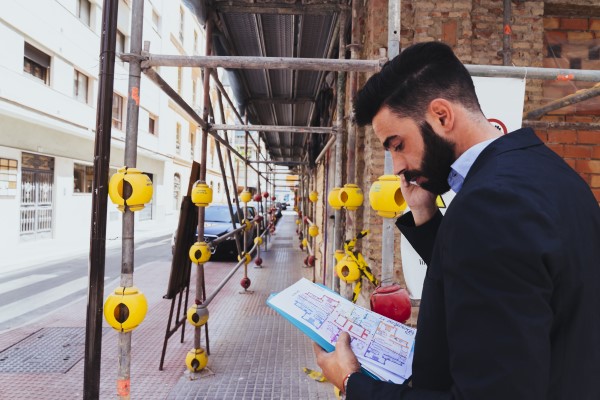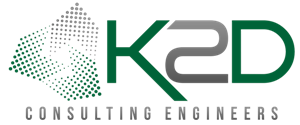
As California strides forward in its commitment to environmental responsibility and energy efficiency, Title 24 stands as a benchmark for existing buildings to meet the state’s progressive standards. Retrofitting an essential process to update and enhance the energy performance of buildings is not just a compliance measure but also an opportunity to contribute to a more sustainable future.
Mechanical, Electrical, and Plumbing (MEP) engineers are at the forefront of this transformation, bringing technical acumen and innovative solutions to the complex challenge of retrofitting. This article delves into the pivotal role of MEP engineers in retrofitting existing buildings to meet Title 24 standards. Through their expertise, these professionals not only ensure compliance but also unlock efficiency gains, water conservation, and operational cost reductions.
The Assessment of Existing Buildings Under Title 24
The journey toward Title 24 compliance for existing buildings begins with a thorough assessment, a crucial step where MEP consultants evaluate the current state of a building’s systems. This initial phase is vital to understand how far the building deviates from the new standards and what retrofits are necessary for compliance.
During this assessment, engineers perform detailed energy audits, scrutinizing HVAC, electrical, and plumbing systems to identify inefficiencies and potential areas for improvement. They analyze energy consumption patterns, inspect equipment conditions, and review system designs to benchmark against Title 24 requirements. This audit also includes examining the building envelope for thermal performance, assessing lighting systems for energy usage, and evaluating water systems for conservation potential.
This assessment phase sets the foundation for informed decision-making, allowing engineers to prioritize retrofits that will have the most significant impact on energy conservation and operational efficiency. It’s a strategic roadmap that not only guides compliance efforts but also helps building owners understand the long-term benefits of energy-efficient upgrades.
The Components of Retrofitting Existing MEP Systems
Retrofitting existing buildings to comply with Title 24 is a multifaceted endeavor, demanding a precise overhaul of mechanical, electrical, and plumbing (MEP) systems. These systems form the core infrastructure that dictates a building’s energy usage and efficiency. To achieve the ambitious standards set forth by Title 24, each component of the MEP system must be meticulously evaluated and upgraded.
Retrofitting the Mechanical System
Retrofitting the mechanical system, particularly HVAC, is a critical task that involves updating old units to newer, more energy-efficient models. This process might include replacing outdated air conditioning units with systems that have programmable thermostats and variable speed motors, allowing for more precise control of temperatures and reduced energy consumption.
For instance, the installation of a modern HVAC system with a high Seasonal Energy Efficiency Ratio (SEER) rating can significantly lower energy costs and enhance indoor comfort, aligning with Title 24’s emphasis on reducing the overall energy footprint.
Retrofitting the Electrical System
The electrical system retrofit often targets lighting as a key area for energy savings. Transitioning from traditional incandescent bulbs to LED lighting is a common upgrade that drastically cuts energy usage and heat emissions. Beyond just swapping out bulbs, integrating motion sensors in less frequently used areas, such as stairwells or conference rooms, ensures lights are only on when needed.
This automation directly aligns with Title 24’s push for smarter energy use, offering a simple yet effective retrofit solution that can result in substantial energy savings and longer-lasting light fixtures.
Retrofitting the Plumbing System
Water conservation is paramount in plumbing retrofits, with a focus on reducing consumption and minimizing waste. Installing low-flow toilets and faucets can dramatically decrease water usage. For example, implementing dual-flush toilets, which offer two flush options, optimizes water usage per flush.
This type of retrofit not only conserves water but also reduces the strain on sewage treatment facilities, making it a win-win for compliance with Title 24 standards and environmental sustainability.
Getting Started with Retrofitting your MEP Systems Under Title 24
As you navigate the path of retrofitting your building, consider the value that a seasoned MEP consulting firm like K2D brings to the table. With our in-depth expertise and commitment to innovation, K2D stands ready to guide you through every phase of the retrofitting process. We ensure that your project not only achieves compliance but also realizes the full benefits of upgraded mechanical, electrical, and plumbing systems.
Together, we will lay the groundwork for a project that stands the test of time and leads the way in energy efficiency and conservation. Contact K2D at 310.935.3773 or visit
www.K2D.com to learn more and set your project in motion.
